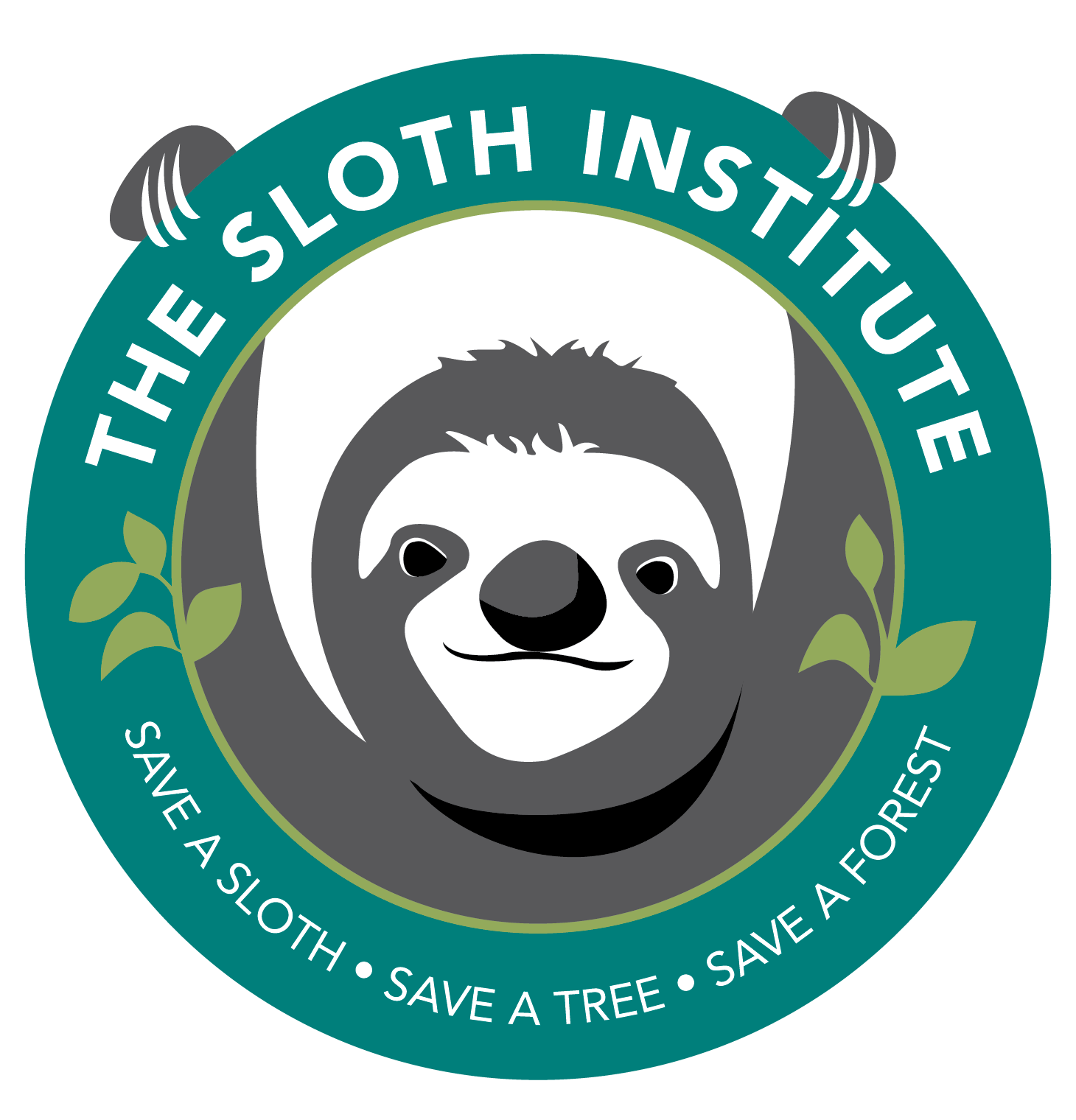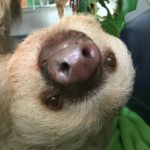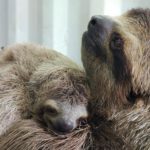ConservationSloth Diaries
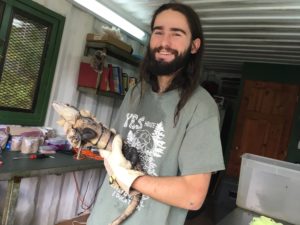
Thanks to volunteer Mackenzie J. Cahill for contributing this great diary story:
About 2 months in to my stay here working for the Sloth Institute. I was pleasantly surprised to get a text from Sam Trull (Director of the Sloth Institute) that they had a spiny tailed iguana in at the lab and would like my assistance handling the large lizard. While we deal almost exclusively with two and three fingered sloths, the Sloth Institute will also opportunistically try to help out whatever wildlife happens to be close by. I of course immediately came to the lab, eager to see what the situation was. Sam explained that the iguana appeared to have a bum arm, possibly some mild damage to the muscle tissue, but no apparent broken bones or other serious impairment. She further explained that we will administer some Meloxicam for the pain and give the iguana plenty of rest until the arm seemed to be in running shape. So, I slipped on some leather gloves, reached in, and hauled up one of the largest lizards I’ve ever held. The individual was likely a male. This is because males tend to have larger heads than females as well as more prominent spikes running down its back. My right hand was gripping the back of his neck and part of his left (uninjured) arm so that Sam could handle the right arm. My left hand held the back legs and base of the tail so that he would not squirm around too much or whip his tail. After a quick injection I spent a little while longer admiring this beautiful creature.
Spiny tailed iguanas (Ctenosaura similis) are members of the iguana family. Reaching lengths of up to 4 feet these are the second largest lizards found in Costa Rica. Adults share black and orange stripes along the midsection of their bodies and vary in colors of teal, pink, black, orange, and gray in varying combinations and patterns. Juveniles are born green, allowing them to hide in the vegetation form predators. Another feature shared by all members of this species are the large sharp scales covering the tail which give it its names sake as well as aiding as a defense mechanism.
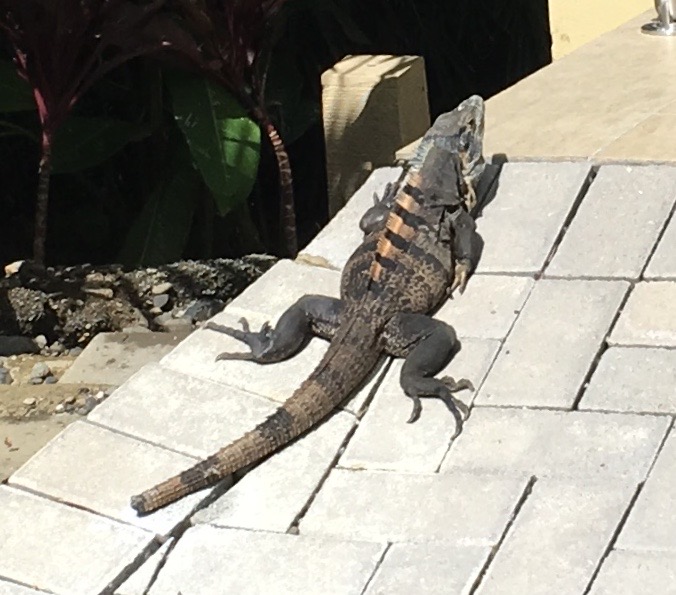
I have had a life long passion for reptiles, which began as a toddler with an obsession with dinosaurs. As soon as I was old enough to go outside on my own I started chasing lizards and catching snakes. Everywhere I have gone I am always on the lookout to get my hands on and observe whatever beautiful reptilian species I may find. When I was accepted to come work for The Sloth Institute in Costa Rica I was not only excited to be working with sloths, which are amazing animals in their own right, but also because I would be in my first tropical county and have the opportunity to see some extraordinary reptilian wildlife. That is why after a few days of rest, I was felt so privileged to release the iguana we had rehabilitated at the lab. After lowering the enclosure and watching this gorgeous creature, one of Costa Rica’s grandest lizards, run free with ease I felt two things. I felt good that I was able to help out this iguana and send him back into the environment he calls home, but I also felt something more, I could feel a sense of childhood wonderment. While watching this lizard running down the road in my mind’s eye I could see this same scene playing out millions of years ago with an iguana like lizard running along the grass and great lumbering sauropods off in the distance. After a quick sprint down the road before running off out of sight I got one last glimpse of him. I saw his dark brown eyes, his frilly neck with a slightly teal colored head, and those prehistoric looking black and orange spikes running down his back all the way to the base of his spiked tail. A tail looking like it belong to that of a small dragon. Then off the road he went, and the inner dinosaur obsessed kid in me was happy.
